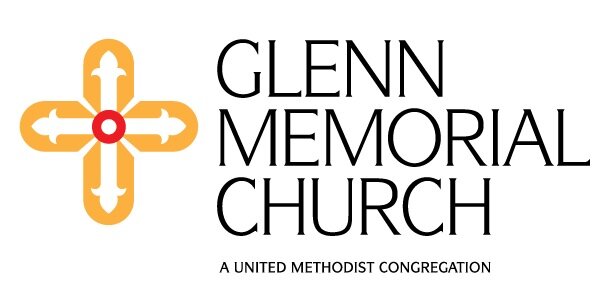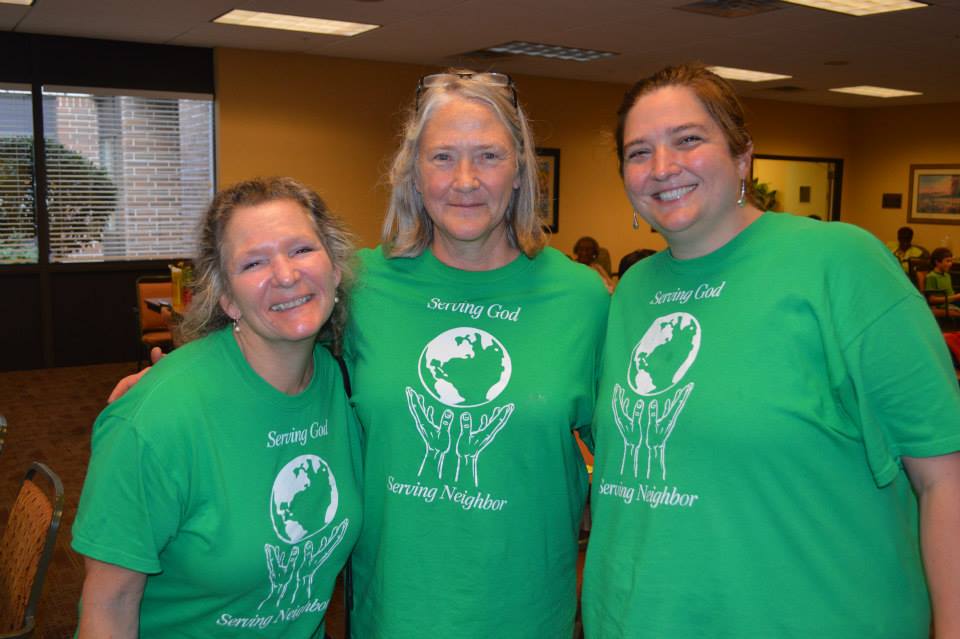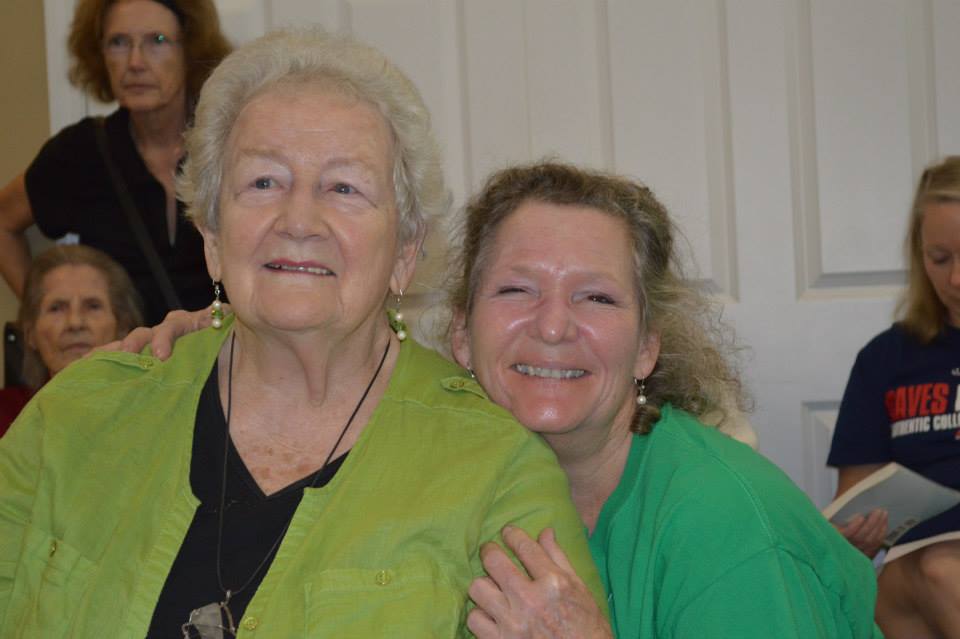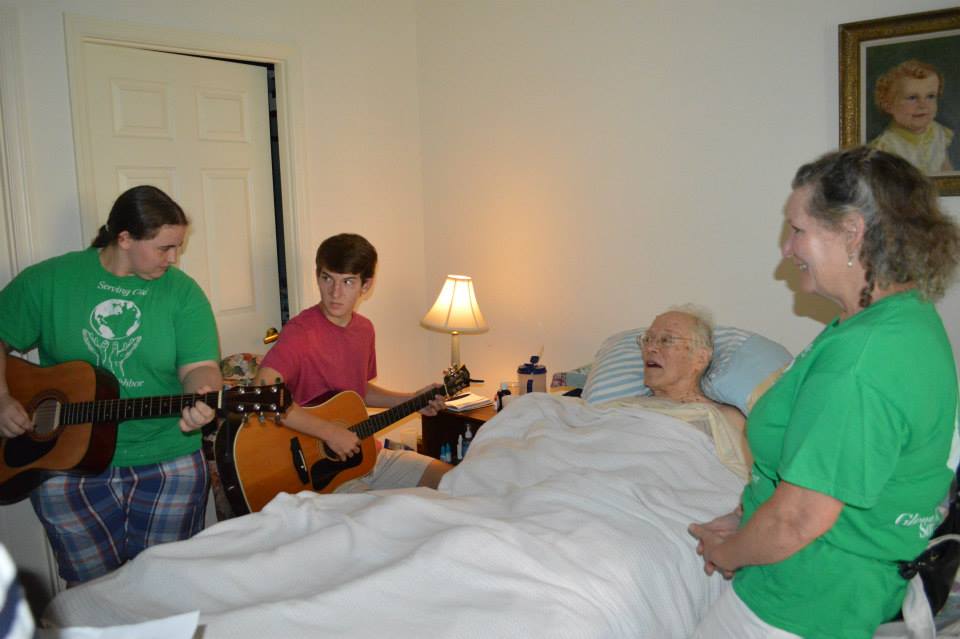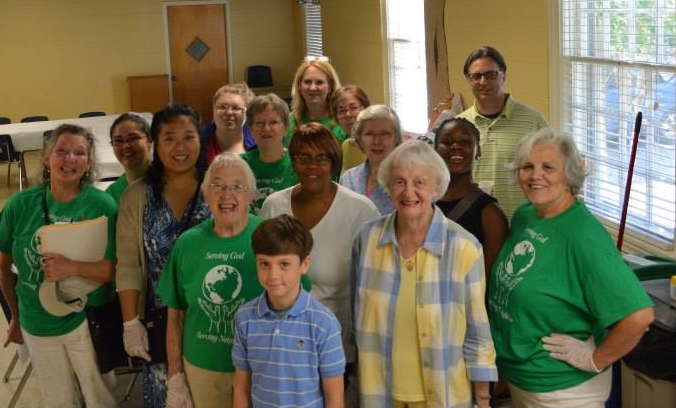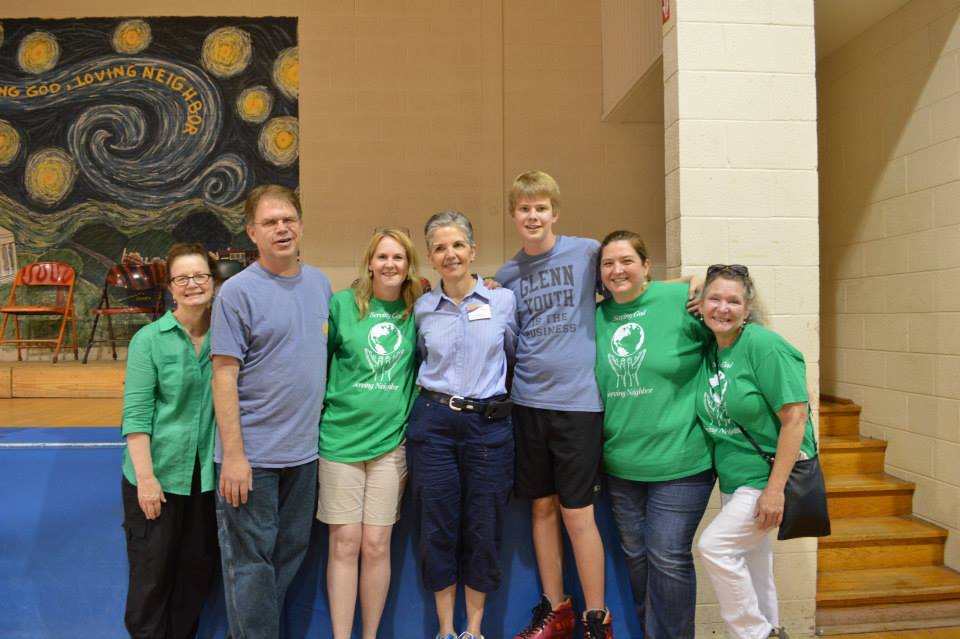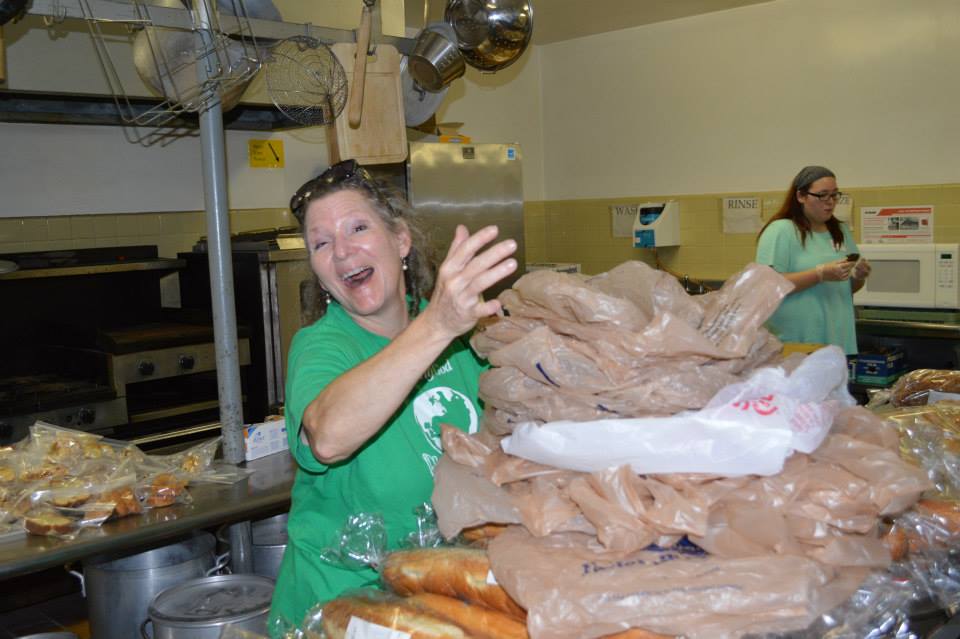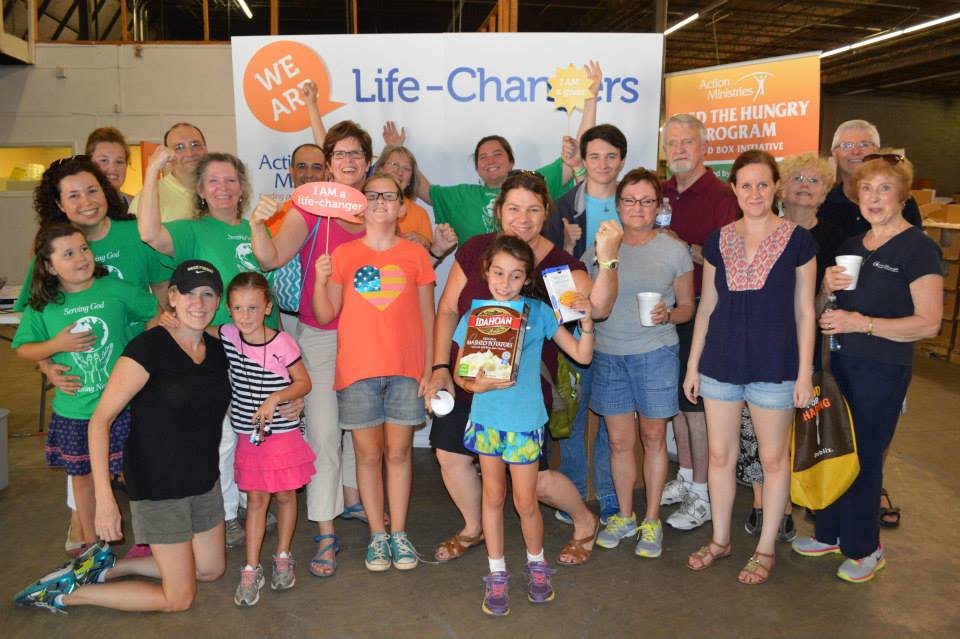My two night camping venture in June of 2007 to West Virginia’s New River was intended to be recreational, theological and productive – to at last finish a draft of the final chapter of my book on music and worship. Settled into my primitive site along the river, I worked in the evening for a couple of hours on my laptop by the fire. The next morning I returned to writing, but found I could not open my research files. The previous February I had bought a new desktop pc with Office 2007. I had saved my research files in the new format, and, when packing for this trip, moved them to my laptop. As my laptop did not have the new Office, they wouldn’t open. I of course knew of this danger, but, in my haste to depart, didn’t think of it. This is what I call outsmarting myself. The error message asked if I wanted to download a utility allowing me to work with the files. My primitive camp site having no Wi-Fi, I was, as we say, not a happy camper.
After pondering my stupidity and this colossal waste of an opportunity, I considered simply enjoying this time in nature. “Naw,” I thought, “I’ll find a network.” I drove to Fayetteville at the north entrance of the National Park, found a library, and yes they had a network. Libraries rule. I told myself it would take ten minutes. Two hours later, I left in abject failure. As Burt Reynold’s character, Lewis, said in the film Deliverance – a movie which ominously comes to mind on my backwoods trips — “machines will fail us.” The library had a slow connection and, after downloading every possible update, the utility still refused to open. I despise surrendering, but when I had exhausted every option, I gave up.
However, while waiting through seemingly interminable downloads, I wandered the library stacks. I love libraries and, from my graduate school days, they feel like home. Once, while looking up from my laptop, I saw a huge coffee table book on coal mines of Fayette County. Therein were pictures of the night and day work forces of some 20 mines in the county, stringing along the New River. There were pictures of the communities and churches and even a band. Among them was the infamous Eccles Mine in nearby Raleigh County, which suffered several disasters. It was harrowing to read of these and the colossal toll of human life. Some believe it was named for Ecclesiastes. The bike trails I later rode went through sites of some of these now abandoned mines. There is a wedding of humanity and the land, and each manifests indelibly the portent of their storied relationship.
During another download, I perused the reference section, among my favorites. I happened on the Interpreters Dictionary of the Bible and looked up “Holiness,” the subject of one of the research files I couldn’t open. These files contain the fruits of searches I have done from online Bibles for words like “worship,” temple” and “holy,” through which I hoped to gain insight into true worship as set forth in scripture. The dictionary has an article “Holiness” written by James Muilenburg. I was pleased to see he used the word “numinous,” one of my favorites. I learned it from my great friend, the late Jamie Mackay in my early years at Glenn. Jamie was an attorney, US Congressman, literati, statesman, nature conservator, Glenn member and, most prominently, Betty Asbury’s brother! Muilenburg’s article cites theologian Rudolf Otto’s use of “mysterium tremendum” to describe the fascinating, humbling, overawing experience of approaching the presence of God. This article changed my approach as to how we might advance our experience of these divine, transfiguring encounters with God.
I pondered this on my final ride along the river. Miles from the nearest human, I surprised several wild fowl, including a turkey, who ran around clucking anxious protest at my intrusion before disappearing in the woods. Shortly, a full grown doe ran across the trail right in front of me. I thought, “two such sightings, there has to be a third – a trinity,” though nothing striking appeared for the remainder of the ride. I returned to my camp site, packed up and departed. On the lengthy exit road, a faun entered the road some 50 yards in front of me and ran directly toward my advancing car. Incredibly, it gave no sign of seeing or hearing the car. I stopped. As I observed in incredulous wonder, finally, just a few yards ahead, it saw me, slid to a stop, looked, and ran off.
Nathaniel Hawthorne said, “thought has always its efficacy and every striking incident its moral.” These three signs from nature have meaning that yet escapes me. Yet, in retrospect, the faun seems to have brought a welcome farewell, a salute to the respect of my visit, and an invitation to return from the beautiful innocence of the wilderness: an encounter so intimate, so powerful, it required us both to stop, and see.
Hawthorne’s wife, Sophia, with her wedding ring, scratched “Man’s mistakes are God’s intentions” into a window of Concord’s The Old Manse, where they lived for a while. Theologically, it does not apply consistently, for God is not responsible for our failings. However, if we stop and see, we may observe God transfiguring mistakes into blessings, and error into holiness.
Steve
